Vikki Campion: Renewable energy is carving up bush communities
Bush communities have more solar power than city suburbs, but environmentalists want to erect concrete monoliths on farms far away, with no solar panels on their own roofs, writes Vikki Campion
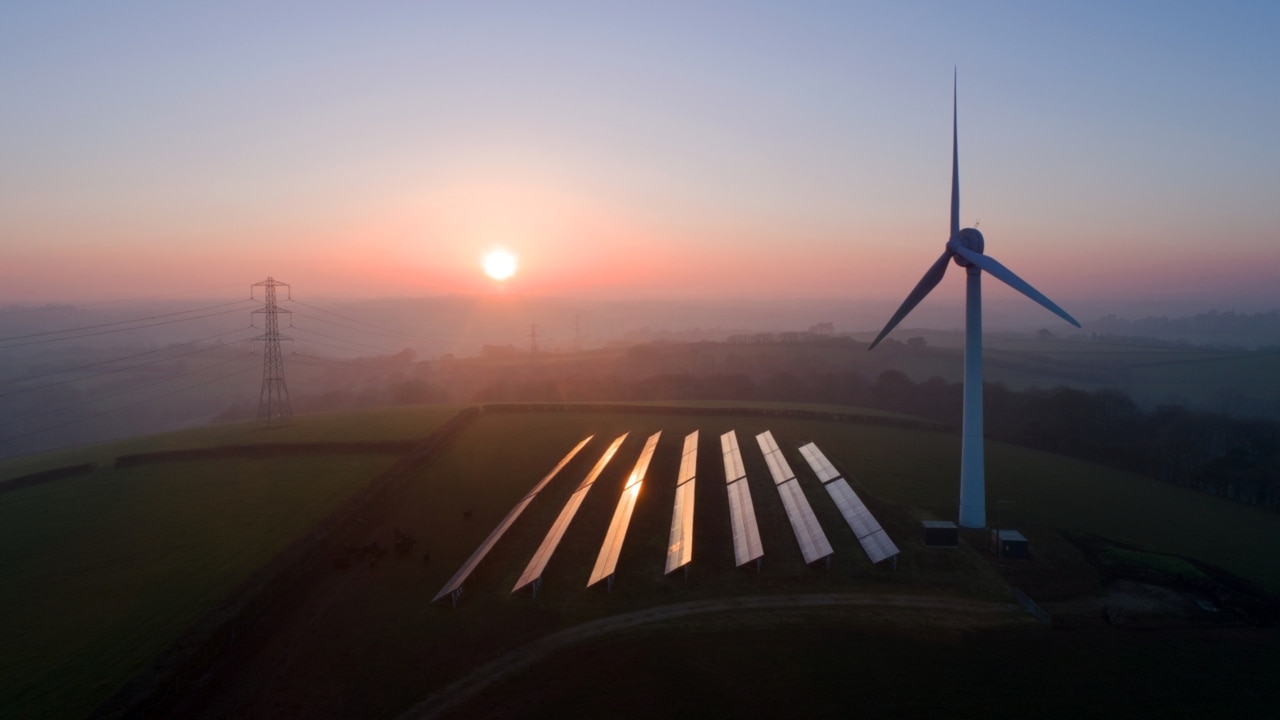
Opinion
Don't miss out on the headlines from Opinion. Followed categories will be added to My News.
At 6pm in a town of 1000 people on a Wednesday night, the country bowlo is packed from podium to bar, with people spilling out the sides. Climate change activists stand shoulder-to-shoulder with graziers, farmers, Nationals voters, mum-and-dad businesses.
What brings hundreds of them together midweek? Wind farms – and it’s not the fan club.
Some see the opportunity of making a dollar. Some didn’t move to the country to live in an industrial park. As usual, the developer doesn’t show up.
The politics of the Teal seats has inspired one of the greatest schisms of regional areas in living memory, pitching brother against brother, cousin against cousin, and generational family friends against each other.
In Wentworth and Warringah, they are not in sight of even one wind turbine, but the little town of Walcha will be surrounded by 550, each 230m tall.
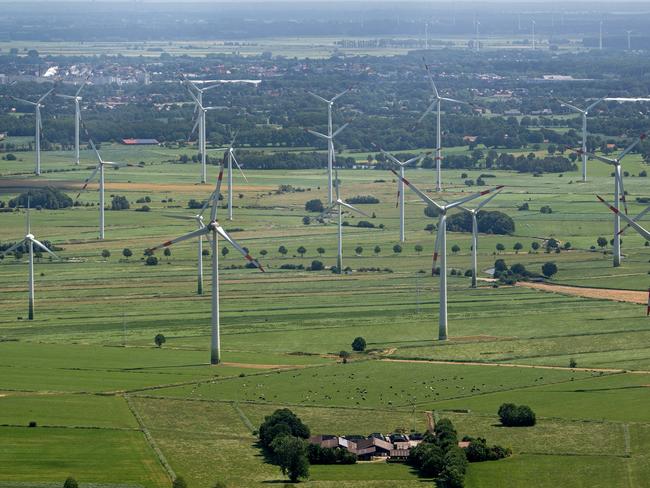
Imagine the outcry if you put even one in sight of the Rushcutters Bay Yacht Club. But 550 around Walcha assuages your environmental muse.
As the country is carved up for monolithic wind farms and transmission lines are cut through the landscape, regional communities are asking what the Teal seats who voted for this transition are doing to take up renewable technologies themselves. The results are stark.
Latest data from the Clean Energy Regulator, current to June 2022, shows thousands of square kilometres of rooftops throughout metropolitan Australia without a single solar panel.
How can you call yourself an environmentalist when the basis of your plan for a green future involves putting concrete monoliths on farms far away and building massive transmission lines to take the power to you, when you don’t even have solar panels on your roof?
The government’s 43 per cent reduction target relies on 80 per cent renewables by 2030 – so if renewable energy is the elixir, then every rooftop, freeway and structure that gets the sun should have solar panels.
Before mega wind factories stamp out further biodiversity, every Teal politician should ensure that their electorates are plastered in renewables first.
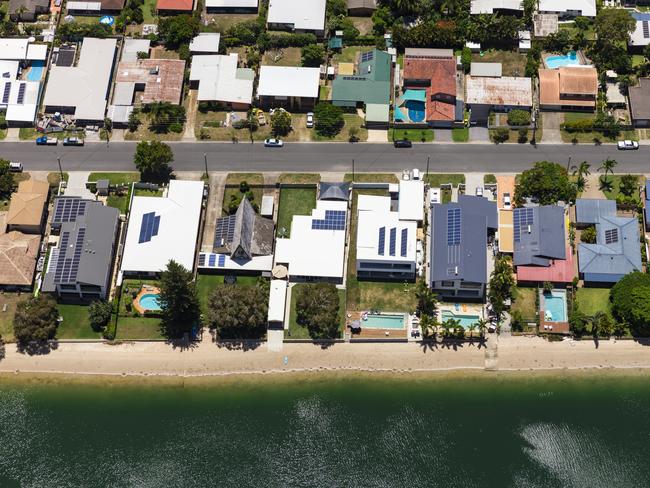
Take the difference between rural Baradine – near where Teal MP Kylea Tink grew up in western NSW – and North Sydney, which she now represents. For the western postcode, of the 441 dwellings, 63.5 per cent have solar. In North Sydney, where the 2060 postcode includes Kirribilli, North Sydney and Lavender Bay, only 225 or 8 per cent of dwellings have solar on its 2401 buildings.
Consider Teal Wentworth MP Allegra Spender’s postcode of 2011 – home to Elizabeth Bay, Potts Point, Rushcutters Bay and Woolloomooloo – where just 2 per cent or 54 of the 1580 buildings have solar, even though there is 176,379sqm available.
Rural homes are doing the heavy lifting on powering the grid.
The installed capacity of home solar in towns including Narrabri (10,456kW), Coffs Harbour (40,796kW), Moree (79,518kW), Bogan (132,084kW), Broken Hill (78,852kW), and Corowa (48,840kW) leave Teal seats in the shade.
Compare this to Kooyong’s postcode of Kew East, represented by Teal MP Monique Ryan, which generates just 1916kW through solar.
Or Darlinghurst and Surry Hills (1274kW) or Redfern (1197kW) represented by Environment Minister Tanya Plibersek.
Some of the communities with the least rooftop solar installations are in leafy Teal seats such as Kirribilli and Milsons Point, which generates just 206kW, or the harbourside scenic bays of Elizabeth and Rushcutters, which generate 827kW.
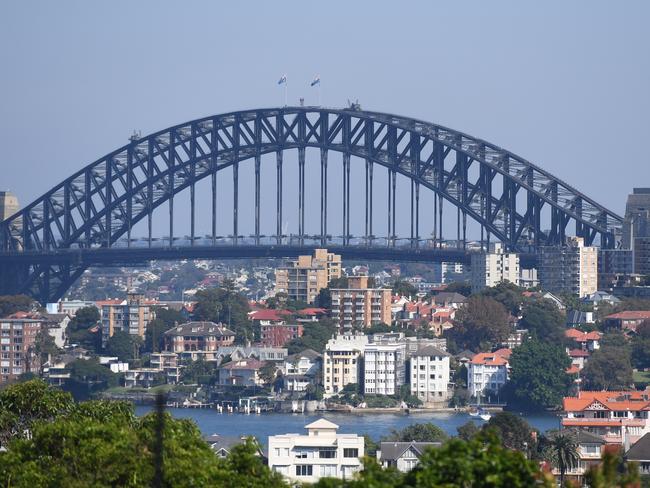
From a state electorate sample size, the seats of Dubbo, Barwon, Coffs Harbour and Oxley – all represented by Shooters or Nationals MPs – have more than 40 per cent of dwellings with rooftop solar.
Teal and Greens territory, and even Balmain in Prime Minister Anthony Albanese’s seat of Grayndler, struggle to crack 10 per cent.
Perhaps those communities do not wish to have solar. Then why are regional communities having massive solar and wind factories pushed on us by foreign multinationals who don’t know where we live or how and, frankly, don’t care?
In community meetings across NSW, bush towns are dividing over wind farms, with farmers told to allow foreign corporates to decide their fate.
In Kentucky, NSW, the wind farm developers held “drop-in information sessions” outside the area and pushed the mute button on concerned residents asking questions on Zoom.
When they commissioned their independent review on the wind farm development, they found impacted residents the developer had not identified, wind speed assumptions were wrong, predictions were used instead of test results, there was no cross-season measurement, and the noise model was incorrect.
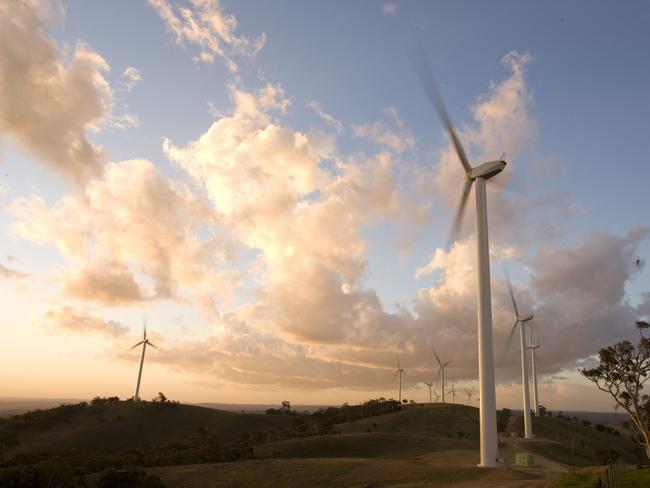
In Victoria, regional towns are taking wind farms to court and winning, proving industrial noise adversely impacts residents’ wellbeing. In NSW country towns, officials give vague assurances about our “better standards”.
No one wants to answer the question: Who is responsible for decommissioning the turbines if and when they become obsolete?
It will likely be left to host farmers to pull them down. Selling their land will come with a contingent liability – the value of what they can borrow against it will be diminished and who would buy a country landscape littered with rusting hulks?
The Climate Change Bill Senate report, handed down this week, acknowledged the consultation process failed to account for rural and regional perspectives. No modelling had been done on the impact on regional Australia, and Coalition senators warned it could have “serious, unintended consequences”.
One of these serious, unintended consequences is already happening. Towns divided, irreversible damage from the cumulative impact of wind factories, and communities stripped of their social licence to be heard.





